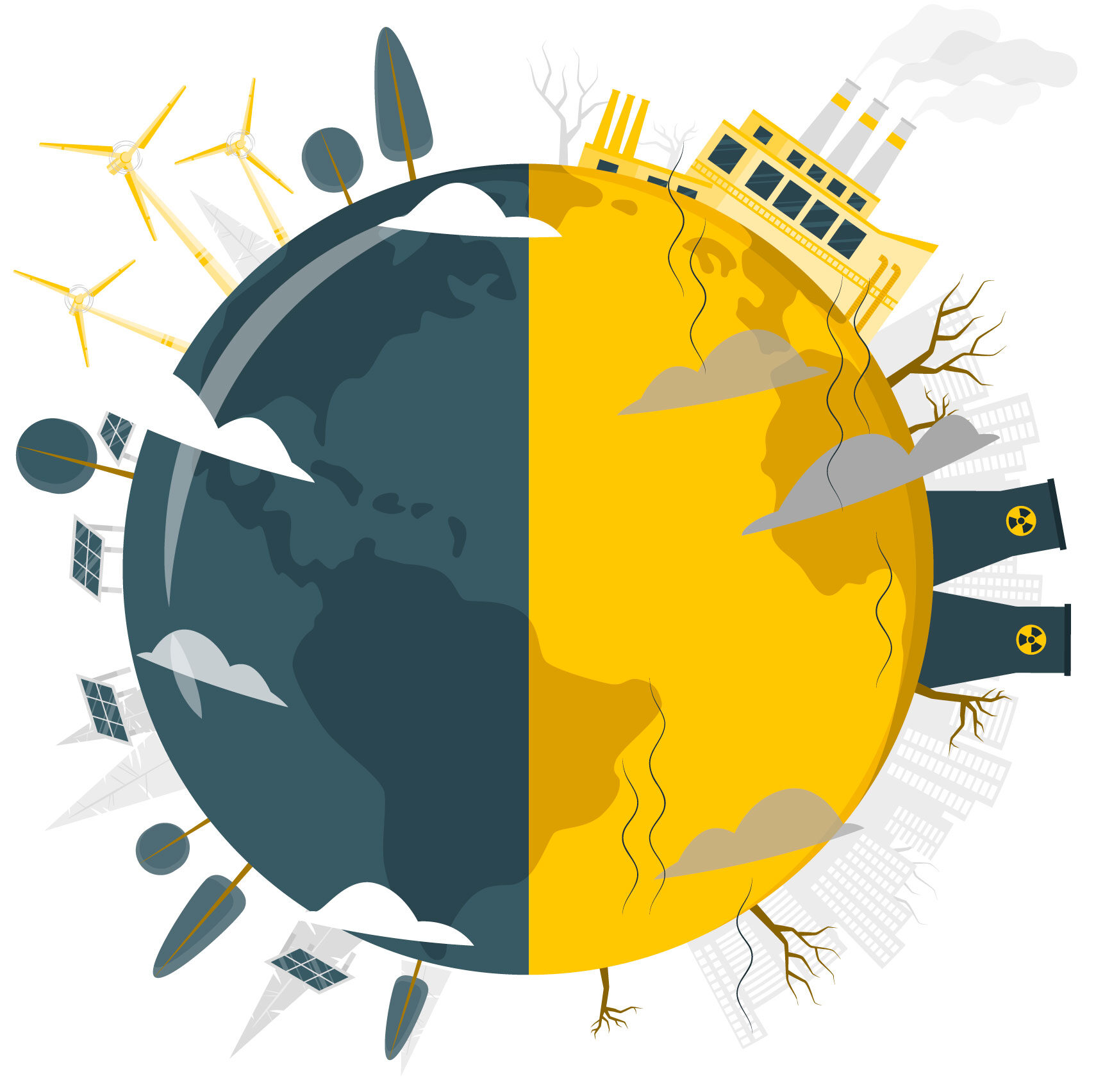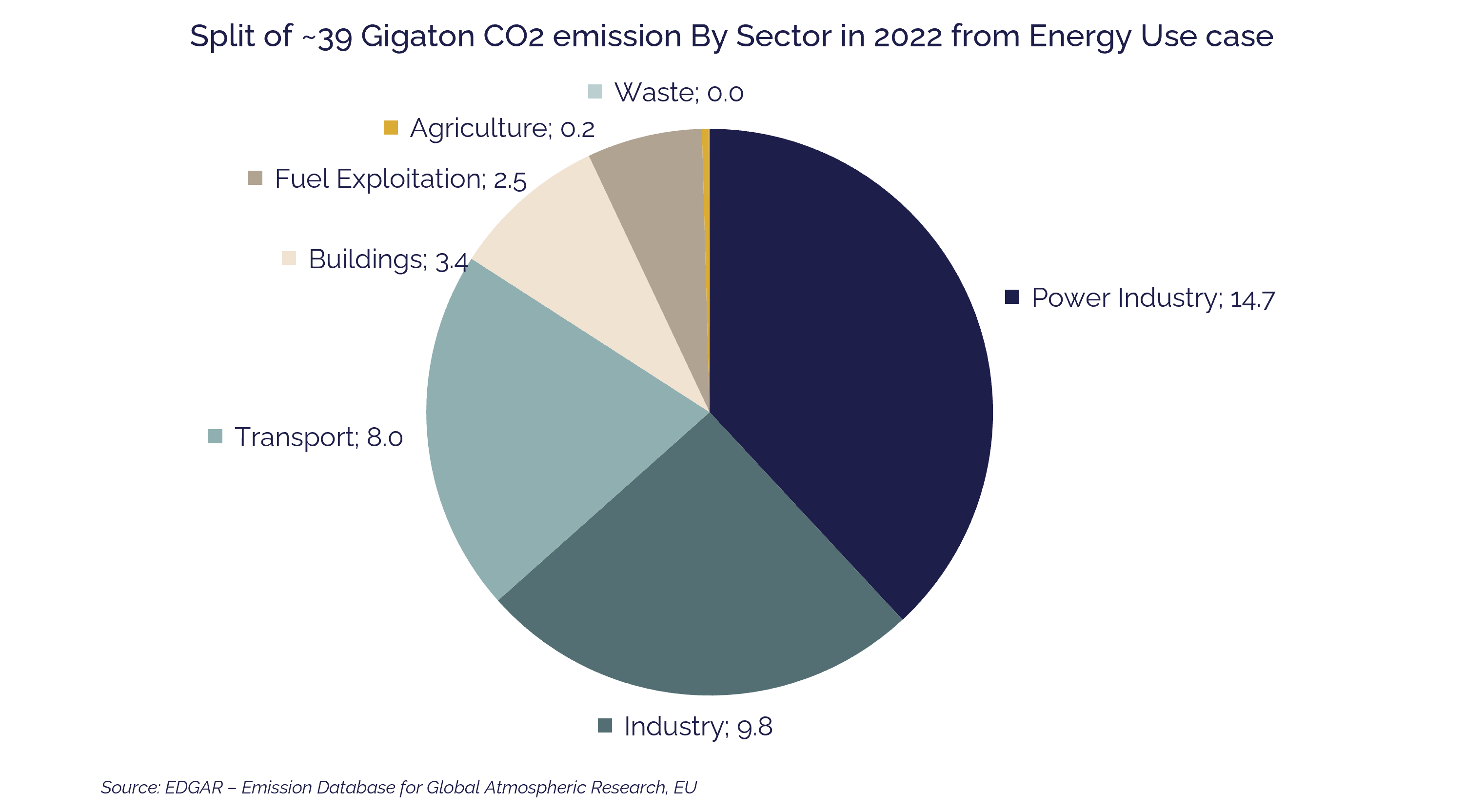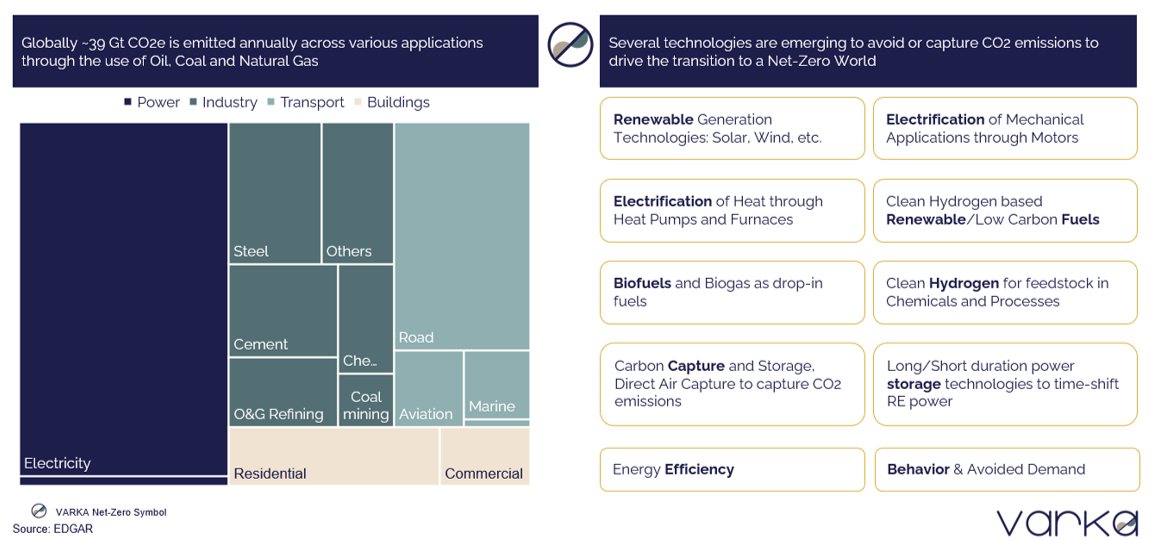Understanding the Net Zero Transition
Time to read:
2
mins

Everyone is talking about Net Zero, but do we really understand what it means. Let’s try.
What is Net Zero?
In 2022, ISO came up with a definition of Net Zero as a condition in which human-caused residual GHG emissions (i.e., emissions left after all possible actions to implement emissions reductions) are balanced by human-led removals (removing from atmosphere) over a specified period (i.e., time horizon) and within specified boundaries (e.g., a country).What is GHG emissions?
Green House Gases (GHG) are a group of gases covering CO2, Methane, Nitrous Oxide and Fluorinated gases which cause greenhouse effect. Earth receives energy primarily in the form of Sunlight which leaves earth in form of infrared radiation which we experience as heat. Greenhouse gases reflect infrared radiation, so some of the heat leaving the Earth bounces off the greenhouse gases in our atmosphere and comes back to the Earth’s surface causing the Greenhouse effect.Why Net Zero GHG emissions?
Intergovernmental Panel on Climate Change (IPCC) reports have shown that many of the worst consequences of climate change can be avoided by limiting global warming to 1.5 °C above pre-industrial levels. The global temperature is already over 1°C above pre-industrial levels, and scenarios assessed by the IPCC indicate that limiting warming to 1.5 °C, with no or limited temperature overshoot, requires achieving at least net zero global carbon dioxide (CO2) emissions in the early 2050s, along with deep and sustained global reductions in other greenhouse gas emissions (GHGs).What is the status on CO2 emissions?
As per IPCC, for every 1000 GtCO2 emitted by human activity, global mean temperature rises by likely 0.27°C to 0.63°C (best estimate of 0.45°C). This relationship implies that there is a finite carbon budget that cannot be exceeded in order to limit warming to any given level. The best estimates of the remaining carbon budget (RCB) from the beginning of 2020 for limiting warming to 1.5°C with a 50% likelihood is estimated to be 500 GtCO2; for 2°C (67% likelihood) this is 1150 GtCO2. The annual CO2 emissions from energy sources in 2022 were estimated at ~39 Gt CO2. If we continue the trajectory, we will exhaust the CO2 budget for 1.5°C in this decade. So, we need CO2 emissions to peak before 2030 and get to net zero by 2050
Where does the CO2 emissions come from?
CO2 is emitted during burning of fossils- Oil, Natural Gas and Coal across the different applications in Power, Industry, Transport, Buildings, etc.How can we achieve Net Zero?
There are two ways to achieve net zero CO2 emissions:-
- Capture CO2 emissions from the applications and store/use them in a way that they are not released into atmosphere.
-
- Replace use of Oil, Coal, and Natural gas with a low carbon alternative technology.
-
- The Technology option needs to perform the same function as is done currently by coal, oil or natural gas across the application areas. The performance must be similar in three aspects:
-
- Quantity
-
- Quality
-
- Timing e.g., although solar and wind produce power/electrons, the profile of power from thermal is different from power generated by wind/solar (intermittent, frequency fluctuation, firm power, back-up power)
-
- The Technology option needs to perform the same function as is done currently by coal, oil or natural gas across the application areas. The performance must be similar in three aspects:
-
- The technology option needs to make economic sense from two perspectives:
-
- From Buyer perspective: Buyer must have willingness to pay which is linked to the current price that buyer is paying
-
- From Investor perspective: The price that buyer is willing to pay must create attractive business case for the technology asset investor (IRR, NPV)
-
- The technology option needs to make economic sense from two perspectives:
-
- The technology option must have significantly lower carbon footprint than what it is replacing: The logic is to reduce the carbon footprint across all major emitters. The pain of switching makes sense only when the footprint is significantly lower

Download the insight/report:
Sources-
EDGAR
Image Sources-
Post Feature Image by storyset on Freepik

